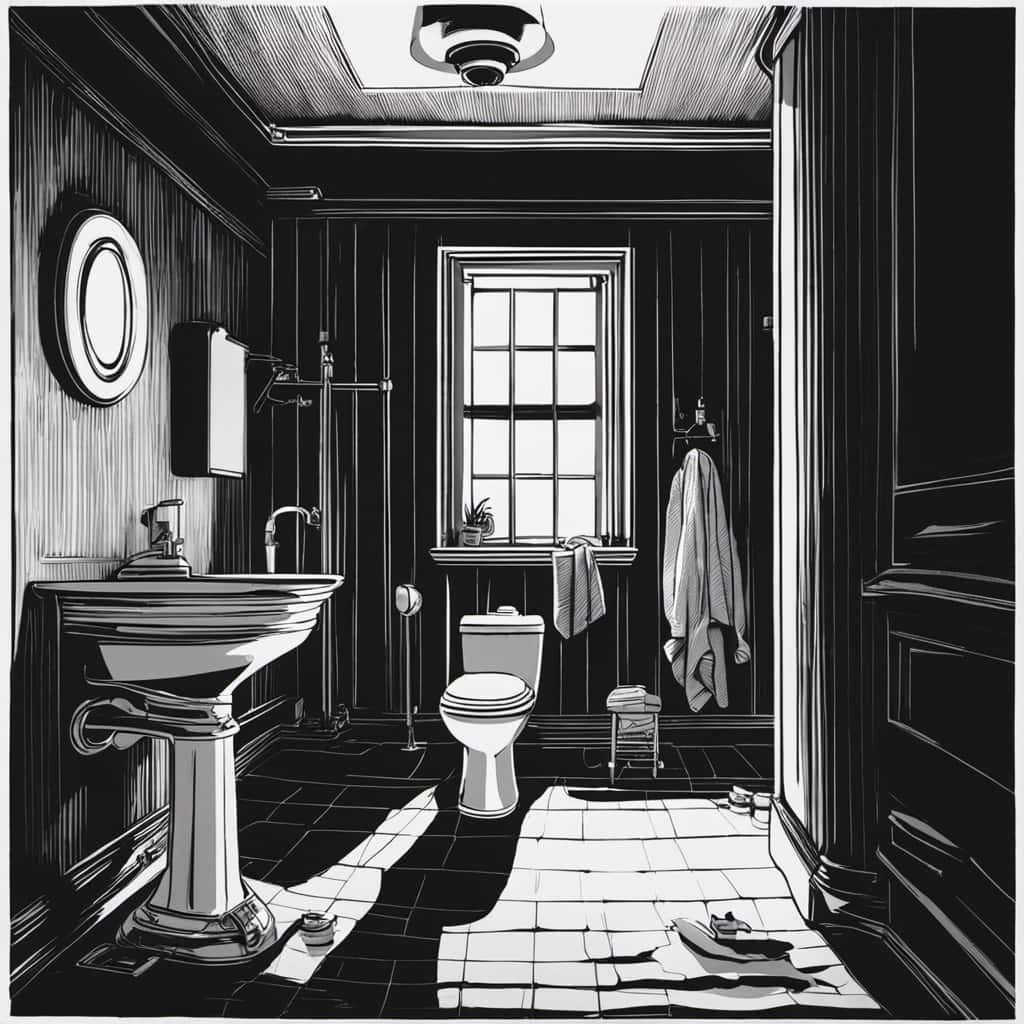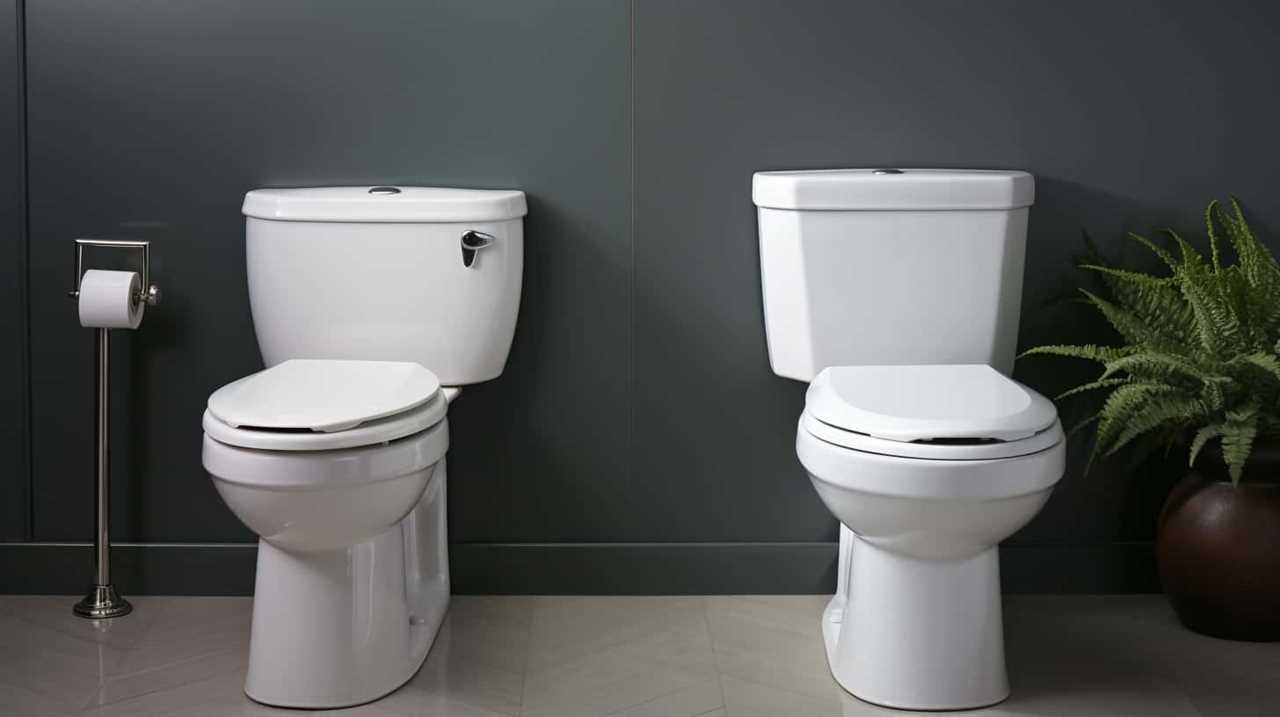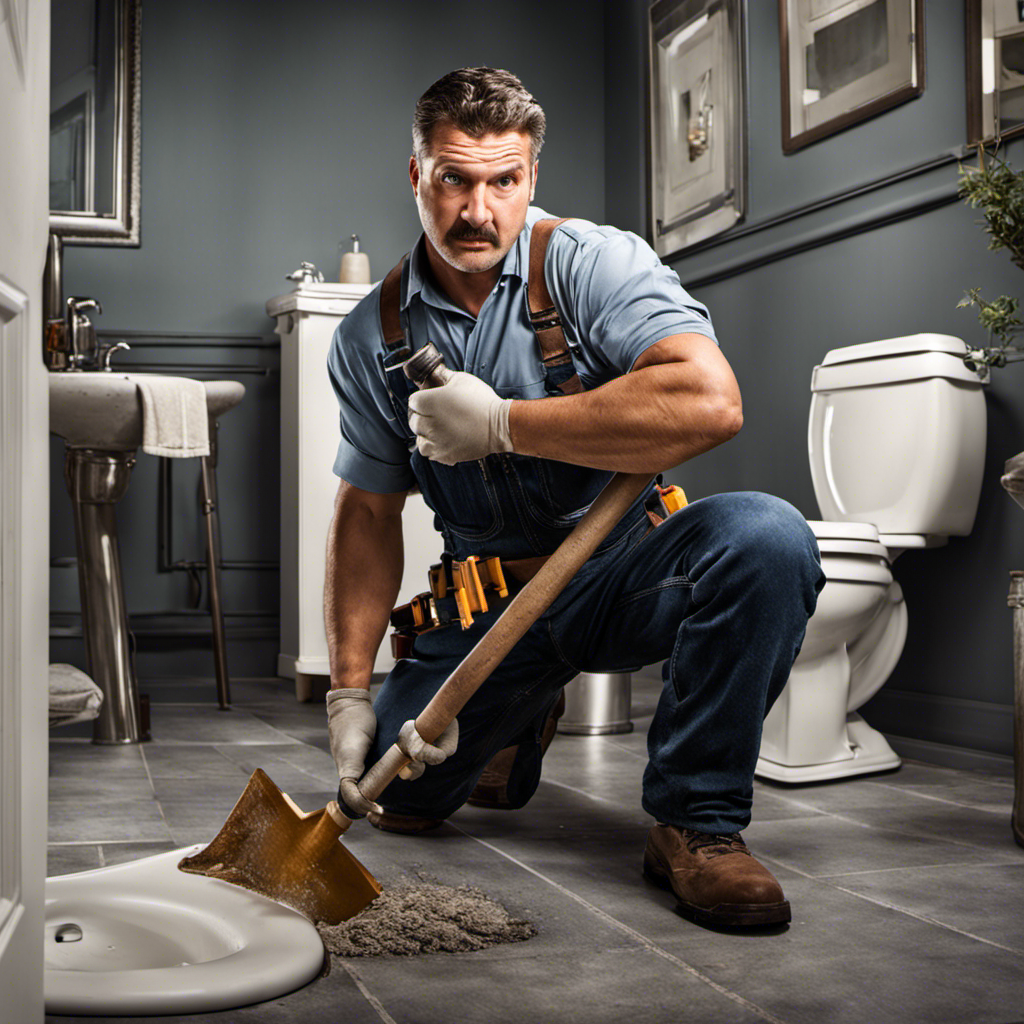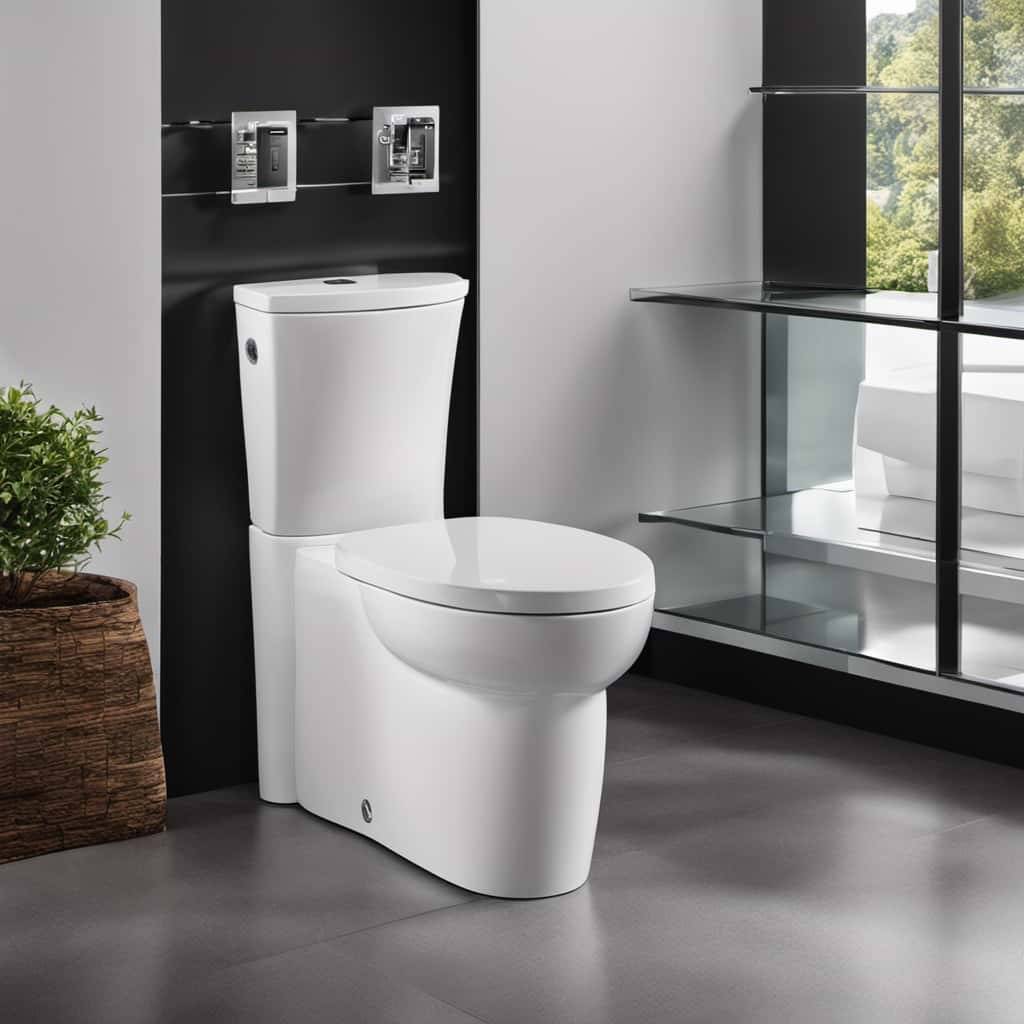Are you tired of dealing with hair clogs in your pipes? We’ve got the answers you’ve been searching for. In this article, we’ll explore the fascinating world of hair disintegration in plumbing systems.
Yes, you heard it right – hair disintegration! We’ll dive into the composition of hair, how it accumulates in pipes, and the true effects it has on your plumbing.
Get ready to debunk common misconceptions and learn how to prevent those pesky hair clogs once and for all. Let’s master the art of maintaining pristine pipes together.
Key Takeaways
- Hair is resistant to decomposition and does not disintegrate easily in water.
- Chemical drain cleaners are not effective in dissolving hair.
- Cutting hair into small pieces before flushing does not prevent clogs as hair fragments can still accumulate in pipes.
- Pouring boiling water down the drain may temporarily clear some hair, but it does not dissolve hair completely.
The Composition of Hair and Its Impact on Plumbing
Hair, due to its composition and characteristics, can have a significant impact on the functionality of plumbing systems. Understanding the chemical reactions that occur between hair and the substances commonly found in plumbing can help prevent clogs and blockages.

Hair is primarily composed of a protein called keratin, which gives it its strength and elasticity. When hair comes into contact with water, it absorbs the moisture and swells, making it more prone to tangling and clumping.
Additionally, haircare products such as shampoos, conditioners, and styling products can contribute to the build-up of residue and debris in the pipes. This can further exacerbate clogging issues.
Regular maintenance and proper disposal of hair can help mitigate these problems and ensure the smooth functioning of plumbing systems.
How Hair Accumulates in Pipes
After understanding the composition and impact of hair on plumbing systems, we can now explore how hair accumulates in pipes. Hair buildup occurs through a combination of mechanisms, including shedding during showers or grooming, as well as hair clumping together with substances like soap scum and grease. Over time, this accumulation can lead to blockages in the pipes, restricting the flow of water and causing potential damage to the plumbing system. Neglected hair clogs can have serious consequences, such as slow drainage, foul odors, and even pipe bursts if the pressure becomes too high. Regular maintenance and cleaning of pipes are crucial to prevent hair buildup and ensure the smooth functioning of plumbing systems.

| Mechanisms of Hair Buildup | Consequences of Neglected Hair Clogs |
|---|---|
| Shedding during showers or grooming | Slow drainage |
| Hair clumping with substances like soap scum and grease | Foul odors |
| Accumulation leading to blockages | Pipe bursts due to increased pressure |
The Effects of Hair on Plumbing Systems
Hair has a significant impact on plumbing systems due to its tendency to accumulate and cause blockages. The process of hair shedding is a natural occurrence that happens to everyone, regardless of age or gender. However, the amount of hair that ends up in our drains can be quite substantial.
When hair combines with other substances like soap scum and grease, it forms clumps that can clog pipes and hinder proper water flow. To prevent this, it’s important to take measures to reduce hair loss and minimize its presence in the plumbing system.
Regularly cleaning drain covers and using drain strainers can help trap hair before it enters the pipes. By being proactive in hair loss prevention, we can avoid costly plumbing repairs and maintain the efficiency of our plumbing systems.
With this understanding of the effects of hair on plumbing systems, let’s now address some common misconceptions about hair disintegration.

Common Misconceptions About Hair Disintegration
Now, let’s address some of the common misconceptions surrounding the disintegration of hair in pipes. To shed light on this topic, it’s important to debunk some hair myths and clarify the truth about hair removal techniques. Here are some key points to consider:
- Myth: Hair dissolves easily in water.
- Fact: Hair doesn’t disintegrate in water; it’s resistant to decomposition.
- Myth: Using chemical drain cleaners can dissolve hair.
- Fact: While drain cleaners can break down some substances, they aren’t effective in dissolving hair.
- Myth: Cutting hair into small pieces before flushing helps prevent clogs.
- Fact: Hair fragments can still accumulate in pipes, leading to potential clogs.
- Myth: Regularly pouring boiling water down the drain can dissolve hair.
- Fact: Boiling water may temporarily clear some hair, but it doesn’t dissolve it completely.
Understanding these misconceptions is crucial in preventing hair clogs in pipes. Let’s now explore effective ways to tackle this issue and keep our plumbing systems running smoothly.
Preventing Hair Clogs in Pipes
To effectively prevent hair clogs in pipes, we can use a simple yet effective method. By implementing best practices for hair removal in the shower and utilizing drain covers, we can significantly reduce the risk of hair clogs. Here are some recommended practices:
| Best Practices for Hair Removal | The Role of Drain Covers |
|---|---|
| Use a drain strainer or hair catcher to trap loose hair before it enters the pipes. | Drain covers help to prevent hair from entering the pipes by catching it on the surface. |
| Regularly clean the drain strainer or hair catcher to remove trapped hair. | Drain covers should be cleaned regularly to prevent hair accumulation and maintain their effectiveness. |
| Consider using a drain snake or plumber’s auger to remove any hair that may have already entered the pipes. | Drain covers can be easily removed and cleaned, making it easier to maintain a clean and clog-free drain system. |
Frequently Asked Questions
Can Other Types of Materials Besides Hair Contribute to Clogs in Pipes?
Yes, other materials such as soap scum, grease, and food particles can contribute to clogs in pipes. Preventing hair clogs in pipes requires regular cleaning and maintenance to remove these common causes of clogs in plumbing systems.

Are There Any Specific Plumbing Fixtures That Are More Susceptible to Hair Clogs?
Specific plumbing fixtures, such as shower drains and bathroom sinks, are more susceptible to hair clogs. Hair can accumulate in these fixtures and block the flow of water, causing drainage issues.
Can Hair Clogs Cause Damage to Plumbing Systems?
Hair clogs can have long term effects on plumbing systems. To effectively remove them, use a drain snake or chemical drain cleaner. Hair does not disintegrate in pipes, so regular maintenance is essential.
What Are Some Signs That Indicate a Hair Clog Is Forming in Pipes?
Signs of hair clogs forming include slow draining sinks, gurgling sounds, and foul odors. To prevent hair clogs, use drain guards, regularly clean drains, and avoid pouring grease or oil down the pipes.
Are There Any Natural Remedies or DIY Methods to Prevent Hair Clogs in Pipes?
There are several natural remedies and DIY methods to prevent hair clogs in pipes. These include using a drain snake, using a mixture of baking soda and vinegar, and regularly cleaning the drains with hot water.

Conclusion
In conclusion, hair doesn’t disintegrate in pipes. Its composition, consisting of tough and resilient protein strands, makes it resistant to breaking down in water. Instead, hair accumulates in plumbing systems, leading to clogs and blockages.
It’s important to be aware of this and take preventive measures to avoid hair-related issues in pipes. Like a stubborn weed growing in a well-tended garden, hair can persistently cling to the inner surfaces of pipes, causing potential plumbing problems.










